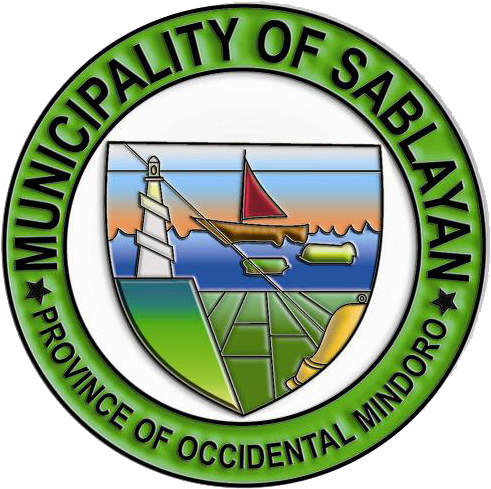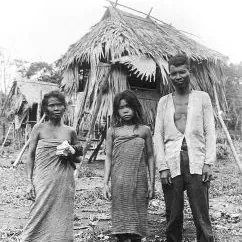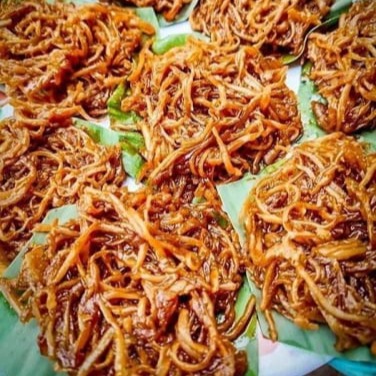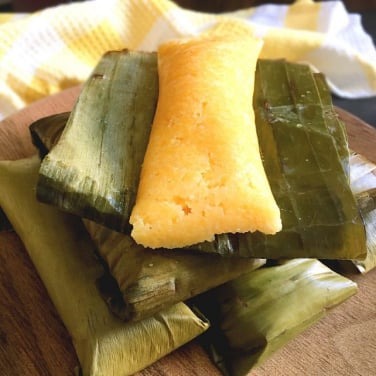Brief History and Quick Facts
| Province | Occidental Mindoro |
| Coordinates | 12.8414, 120.7753 (12°50'29.0"N 120°46'31.1"E) |
| Population | 92,598 (2020 Census) • 109,162 (2024 Projected) |
| Growth Rate | 1.14% |
| Income Class | First Class |
| Literacy Rate | 93% |
| Major Occupations | Farming/Fishing |
| Predominant Religion | Roman Catholic |
| Languages and Dialects | Tagalog, English, Cebuano, Ilocano, Mangyan |
Sablayan (Tagalog pronunciation: [sɐ’blajan]), officially the Municipality of Sablayan (Tagalog: Bayan ng Sablayan)
Sablayan was derived from the word sablay, a Visayan term meaning wave convergence. In the early times, the very location of the town was where the waves from the North and South China Sea meet, hence, the name Sablay which later became Sablayan.
Mangyans were the ancient aborigines of Mindoro. They were believed to be of Malayan origin. They were joined in by natives from neighboring islands–mostly Panayeños led by the Tanungan* during the second Spanish settlement established by Legaspi.
Years later, more arrived who, unlike the first migrants, were already converted Christians; and sometime in 1861 migrants increased in population. The means of livelihood were agriculture, fishing, and hunting. Women though we’re engaged in weaving sigurang, a fiber derived from buri and/or nipa leaves.
Sablayan then was often subject to raids by Muslim pirates and slave traders so a wooden tower was built–watched round the clock to guard against approaching raiders. This alarm system was augmented in 1896 when four bells of varied sizes–believed to have been manufactured in Spain–arrived from Manila. These bells rang musical chimes.
Upon the arrival of a Spanish priest, a church had to be built. Men, women, and children were conscripted to work on it. After ten years of backbreaking arduous toil, the church was made functional sometime in 1896. This church is now in ruins, its bells gone, but the biggest cannon standstill atop a small hill near the lighthouse or Parola. The church was abandoned when the town proper was moved to Buenavista.
In 1901, the first American arrived in Sablayan. Due to the outbreak of the Fil-American war, Americans burned the town in 1903. It took years before Sablayan was rebuilt.
As the Spanish influence and powers became more deeply rooted in Panay Island, the natives began to experience the growing oppression of the colonizers–rebellious Panayeños began to look towards the sea. When the Spaniards began to recruit natives fighting for the conquest of other areas, some Panayeños thought it better to transfer to other places–hence, waves of Panayeños landed in Sablayan and settled there.
Sablayan had been already a Pueblo (town) under the Spaniards when the Americans came. However, when the American Government took over–owing perhaps to its proximity and accessibility to the National Government–it was converted into a full pledge municipality on January 04, 1906, by virtue of Act No. 1820 of the Philippine Commission.












